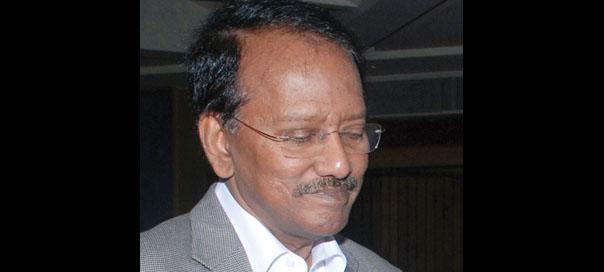By Moses Manoharan
For Indian media, the tragic death of a young rape victim should be an opportunity to introspect on the vision of women that it has crafted and instilled in men across the nation over decades.
For all the posturing on prime time TV, the representatives from our film industries in different regions have yet to say their mea culpas.
For all the blame that news anchors and those from the world of movies sprayed around -- on politicians, the police and the legal system – they themselves were not prepared to accept the critical role that cinema and TV played in shaping the outlook of the young.
Even in the normally more sensitive world of advertising, the female is portrayed as part of the material world, worthy of pursuit and capture. For those marginalized youth, such as the ones who inflicted the unspeakable wounds on the raped woman, the ad world tempts them to seek out and possess the goods, not making much distinction between the animate and the inanimate.
Where I grew up, in Singapore, there are strict regulations on sex and violence on TV and the movies that are screened in cinemas. It is only on top of that layer of oversight that stringent laws are applied and executed. The result is a safe environment for women at any time in any place in that country.
It’s detractors would reason that the laws and punishment, that may include caning, violate human rights and dignity. It’s supporters would point out that the raped woman and thousands of others like her --who are subjected to daily physical violation of their body and mind -- also have the human right to be safe and to live a life of dignity.
Why then has the role of media not been sufficiently reflected upon, and analyzed? Is it because the film world is tied to TV by an umbilical cord of hard cash, through the promotions, advertisements, and paid, self seeking interviews that directors and actors give on TV when their movies are about to be released?
And what of the movies themselves? The scantily clad women gyrating lasciviously in what is euphemistically called ‘item numbers’ do not just demean, but paint an indelible picture in young, impressionable mind. That men do not do item numbers reinforces the impression that the demeaning roles are deserving of only women.
Teasing women up to the point of what would be regarded as sexual harassment in most civilized countries is a regular formula in Indian cinema on how a boy romances girl.
The gruesome violence that often accompanies the crude depiction of women in cinema provides a heady mix to stir the hormones of dissatisfied youth yearning to live the high life they see in what is called globalised India. Is it a coincidence that the victim in Delhi last month was subjected to mindless violence that accompanied the rape?
On television, the depiction of the very young in sexually referenced ways on reality shows, dance competitions and the like, are again violating basic societal norms of decency and causing confusion in the young on what is and what is not acceptable, indeed legal behaviour.
Yet, the media by and large has confined its attacks over the brutal rape and murder of the young woman to politicians and other branches of the legal and criminal justices systems.
There were sporadic interjections from the film world, of actresses declaring the right to go naked in public, weeping copiously over the dead woman, but refusing to apportion blame on cinema for its crude depiction of women.
After last month, however, there is no going back. No amount of PR (public relations) can conceal the media’s explicit role in creating the sexually surcharged environment that has led to and will continue to influence and drive young men to commit brutal rape and murder.
Chemical castration has been recommended in various quarters for those indulging in the criminal violation of women. For the media, and cinema in particular, only castration by censorship and tough punishment will make them responsible opinion makers in society.
(The author, formerly of Reuters, is CEO, TV 99)























